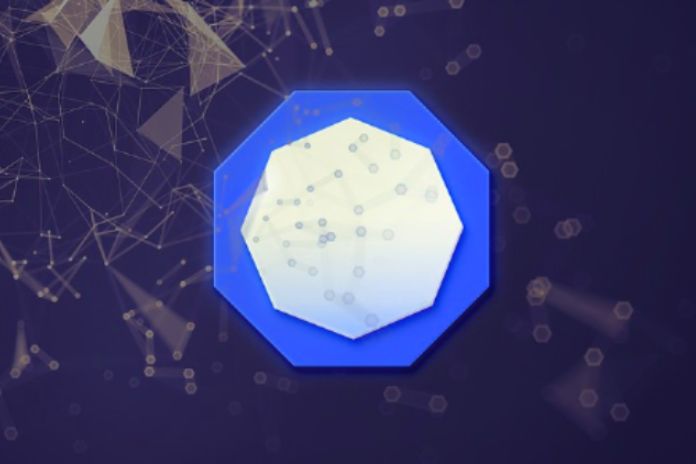Yu-Kai Chou developed the Octalysis Framework to understand why people get so involved with games. He concluded that engagement results from a combination of specific core drives inherent in every human being.
These elements motivate us to act and commit to specific activities. The Octalysis model is shaped like an octagon to hold eight core drives, which can be combined to motivate a person to take some action. At least one must be present for the engagement to occur.
The Intrinsic And Extrinsic Motivators In The Octalysis Framework
All these core drives are divided into two larger drives, called by Yu-Kai Chou’s Left Brain and Right Brain. The inventor of the Octalysis Framework points out that this denomination is just didactic, as neuroscience has already shown that the human Brain’s division into a rational part and a moving part is a myth.
The main characteristics of the Left Brain are:
- Covers core drives 2, 4 and 6;
- It is associated with logic, calculation and possession;
- Extrinsic motivators stimulate it; the player feels motivated to obtain something, be it a goal, a good or something that others cannot have.
And those of the Right Brain is:
- Covers core drives 3, 5 and 7;
- It is associated with creativity, self-expression and social aspects;
- Intrinsic motivators stimulate it; the player feels fulfilled when using his creativity, spending time with friends or having new experiences. The activity itself is an award.
Companies should focus on providing consumers and employees with intrinsic motivators in the long term. Using only extrinsic motivators reduces engagement over time as the player reaches the goal, wins an award and is satisfied.
How To Use The Octalysis Framework In Practice In 6 Strategies
Were you curious to see the Octalysis Framework in practice? You can experiment with the free tool developed by Yu-Kai Chou and understand how to counterbalance each of the eight core drives.
We have also prepared a list of 8 strategies based on the Octalysis model for you to be inspired and implement gamification in your team, in training and onboardings. Come on?
Include A Social Cause Among Your Gamification Project’s Prizes
Before starting a gamification project, it is necessary to know the profile of the players. What are their values? What would make them feel part of something bigger? And how would they like to express this feeling?
The answers to these questions will help define which game elements will be used in training and the gamification platform. Building an engaging narrative that transforms content modules into challenges is also necessary.
If you include points or badges in your gamification project, it is possible to convert them into prizes that help social causes and, thus, make the team feel that they are contributing to the greater good.
Use A Feature That Makes Work Progress Visible To Everyone
Badges, experience points and development bars are standard gamification features to increase team productivity. In training, these elements denote progress through each learning stage.
Spark Creativity And Feedback With Clubs And Quizzes
There are different strategies to stimulate creativity, innovation and the expression of individuality in the team to achieve a specific goal, such as the design thinking approach.
During training, you can allow participants to customize their learning journeys and share their experiences with peers. Team members can exchange texts, images and case studies as if they were gathered in a club. Several tools allow you to make this switch in the remote environment, such as Microsoft Teams, Slack and Workplace from Facebook.
Quizzes are great tools for creating a short-term feedback loop. Thus, training participants have an idea of the content they already master and what needs improvement.
Work On Ownership Through Personalization Of Training
Remember we talked about allowing training participants to customize learning journeys? This option makes them feel more integrated into the process.
Foster Connections Between Team Members
This strategy is essential in times of home office. An engaged team maintains social connections between its members, which can happen through mentoring or feedback.
You can also create an environment where your team feels comfortable discussing non-work-related topics. Donut is a tool that encourages this type of connection, created to strengthen ties between remote teams.
Make Training Available For A Short Period
When working on the core drive of scarcity, setting a deadline for the entire team to carry out training is a gamification strategy. You can still include badges available for a limited time.
Also Read: What Is The Importance Of Data Analytics For Companies?

